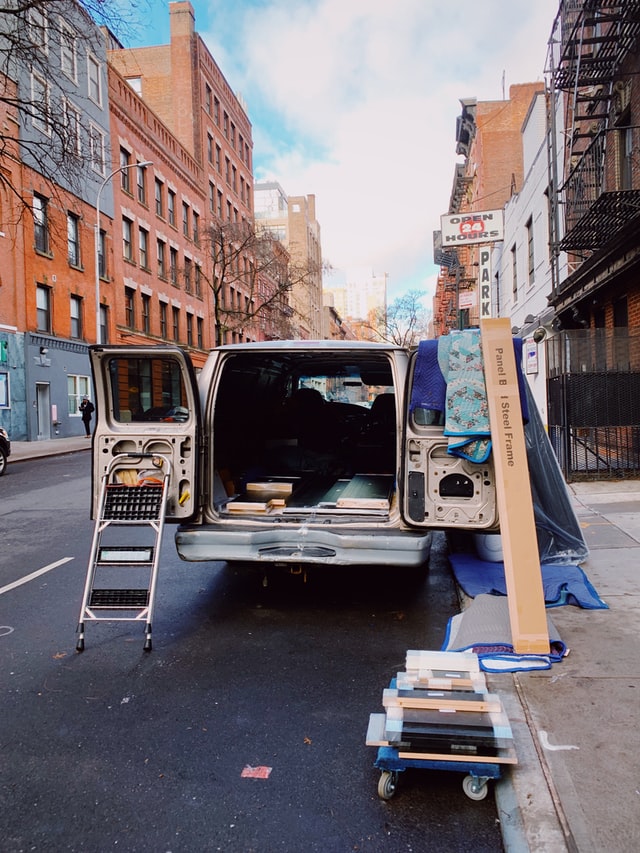Downsizing is a process in which a person reduces the amount of space they occupy, either by selling a property and moving into something smaller or by getting rid of unnecessary items. A variety of reasons might prompt someone to downsize their living conditions, but it often comes down to one factor: space. For some individuals, their current residence is simply too big; they might have a large family that no longer lives with them, or maybe they’re empty nesters who now want to be closer to the city and don’t need as much space. On the other hand, downsizing could also be for financial reasons: maybe an individual has difficulty paying their mortgage and needs to sell.
How do I get ready for the process?
Get rid of stuff. This step sounds obvious, but it can be difficult to know where to start. If you’re a person who has a problem parting with things, avoid going through clothing and furniture in particular; instead, focus on getting rid of smaller items that could easily be replaced, such as knickknacks, DVDs, books, etc. Create three piles: one for items to be donated, another for items to sell at pawn shops, a garage sale or on Craigslist, and the last one for trash.
Be sure that you conduct any necessary repairs before attempting to sell or donate your belongings. You might think that since it’s just a TV or an old laptop, the price difference won’t make it worth your while to replace the cord before trying to sell them, but you’d be surprised how much of a difference the subtlest fixes can make.
Pack like you’re moving. Physical clutter can contribute to mental clutter, so try to reduce stress by packing in advance. Even if you aren’t doing an official downsize immediately after purging, you might still need to move things out of the way for spring cleaning or renovations. Make sure to label boxes clearly with their destination, and don’t be afraid to use newspapers as filler.
Only keep items that pass the “smell test.” If your nose wrinkles at the sight or smell of an item, don’t hold on to it! The odds are that nobody else will want it either.
How do I navigate the legal process?
The first step is to decide how much space you actually need. Once you have a rough number in mind, the next step is to find a home that matches your needs.
Do your research. While you might want to limit yourself to properties that are physically close, consider what else they have to offer, such as nearby bus lines or shops. Perhaps you need a larger bedroom suite; on the other hand, maybe you’ll save more money by investing in outdoor features like a garden or patio.
Make an offer. This is when you put your money where your mouth is!
What kind of considerations should I make after the process has ended?
Be honest about what you can and can’t do. The first few weeks after a move are always going to be the busiest, so don’t set yourself up for failure by trying to take on too much. For example, a retired person might be excited at the idea of finally serving as a volunteer driver, but an hour or two each week might end up being all they can handle.
It’s okay to ask for help. Your family and friends are excited to be involved, so don’t feel bad if you need them around. It can take time to find your footing in a new home; knowing that you have loved ones nearby is always helpful.


Leave a Reply